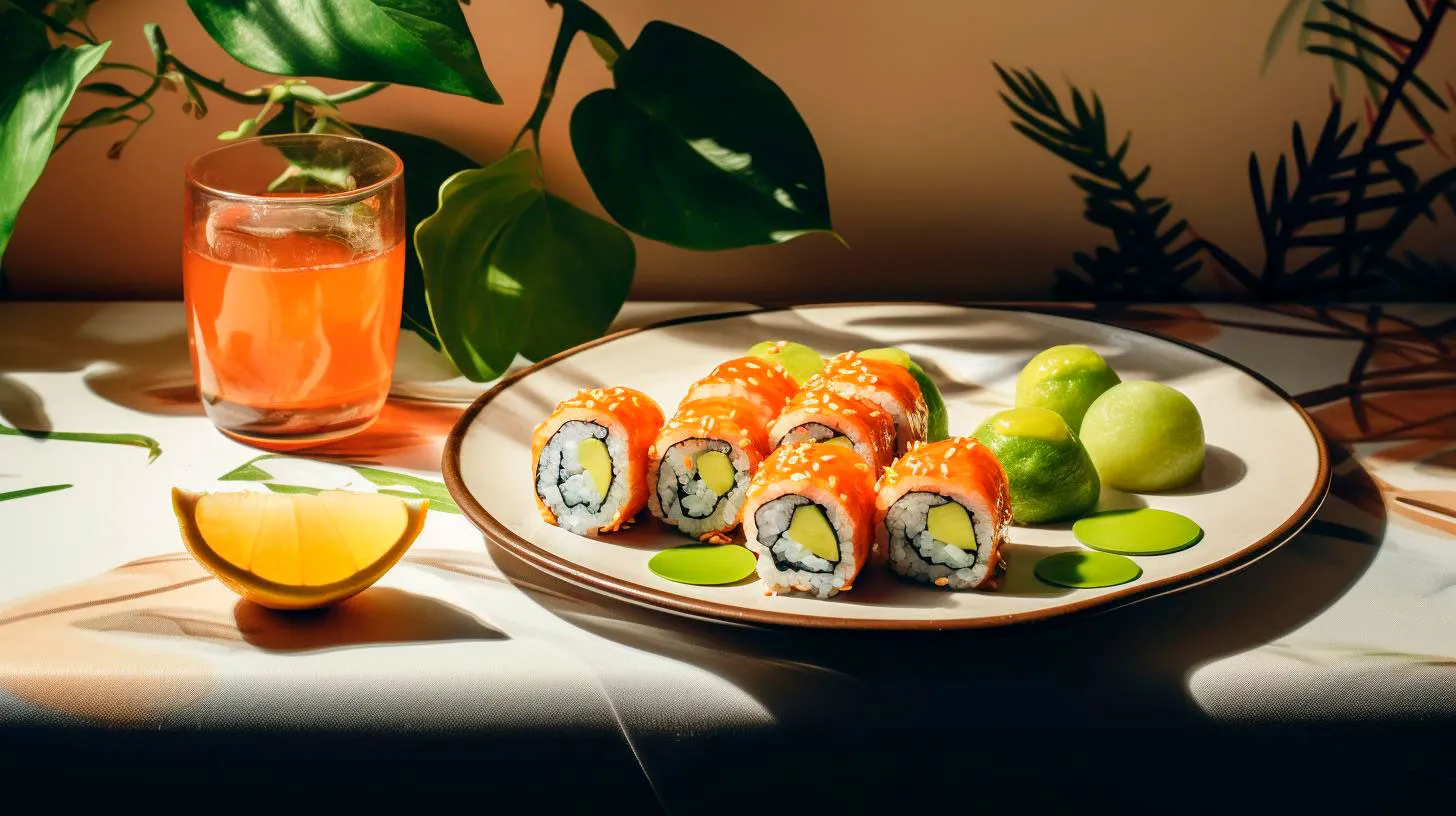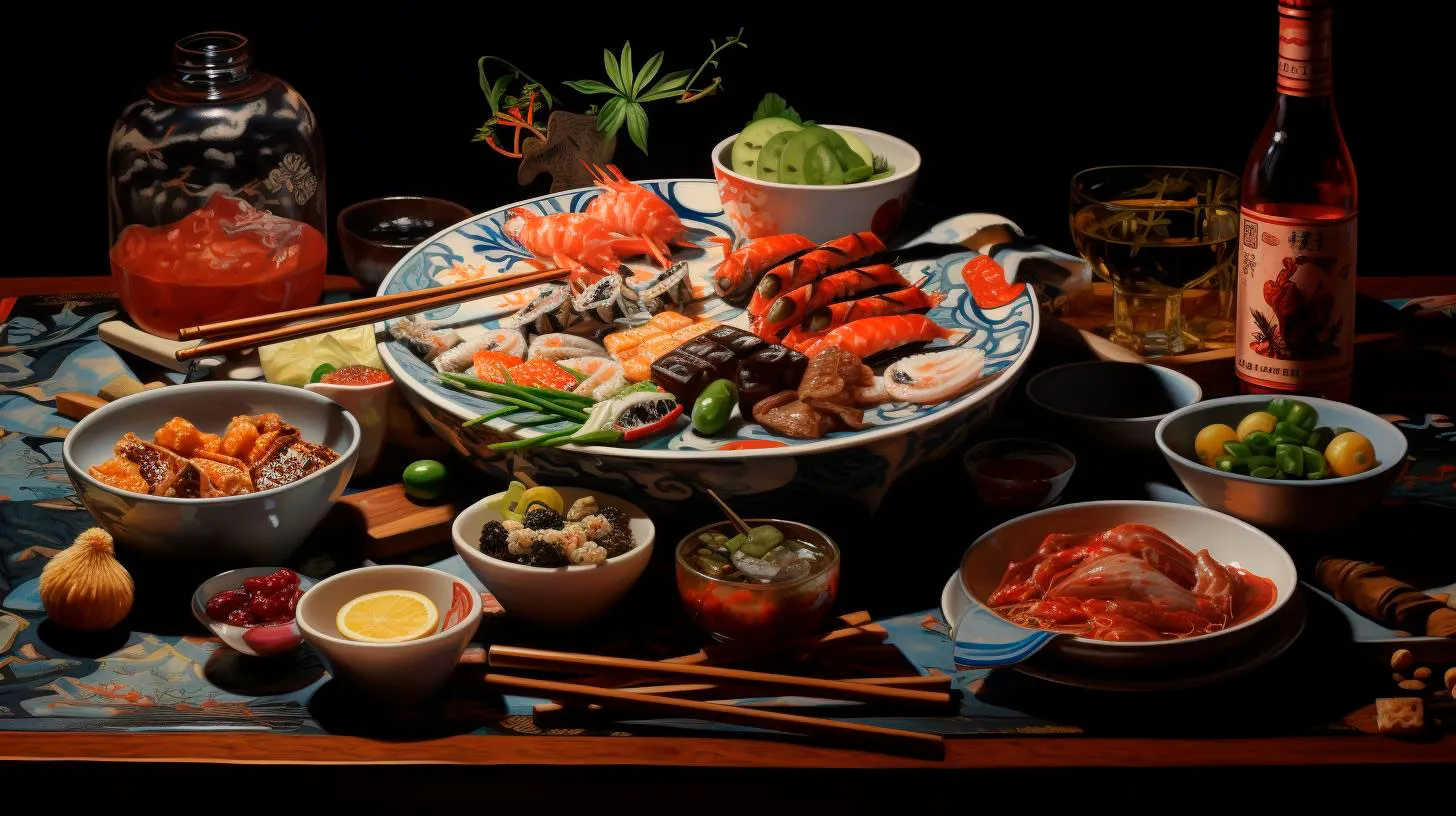The Enchanting World of Japanese Literary Works
1. Haiku – Capturing Tranquility in Three Lines
Haiku, a concise form of poetry, exemplifies Japan’s appreciation for elegance and simplicity. Composed of three lines, typically consisting of five, seven, and five syllables respectively, these poems encapsulate a moment in nature or a simple human experience. Key features of Haiku include:
- Brevity and precision in language
- Focus on seasonal references and natural elements
- Emphasis on capturing an emotional or sensory experience
Haiku epitomizes the idea of “less is more” and celebrates the beauty found in everyday life. Writers like Matsuo Basho and Yosa Buson have left an indelible mark on this poetic form, inspiring generations to explore the subtleties of existence through their penned imagery.
2. The Zen Approach – Simplicity and Enlightenment
Influenced by Zen Buddhism, Japanese literature often incorporates the concept of mindfulness and self-reflection. Zen literature, known for its minimalist style, seeks to convey profound truths through seemingly simple narratives. Key aspects of the Zen approach include:
- Emphasis on the present moment and the significance of everyday activities
- Utilization of parables, allegories, and anecdotes to illustrate spiritual teachings
- Exploration of themes such as impermanence, enlightenment, and the nature of reality
The works of Zen masters like Dogen and Ryokan provide readers with insightful reflections on life and offer a path to spiritual enlightenment. Through their writings, they invite us to contemplate the deeper meaning behind the mundane.
3. Ethereal Tales – Supernatural Folklore and Legends
Japanese literature is replete with ethereal tales that blend elements of fantasy and the supernatural. From ghost stories to folk legends, these narratives captivate readers with their otherworldly allure. Key characteristics of Japanese folklore and legends include:
- Influence from Shintoism and belief in spirits, yokai (supernatural creatures), and ghosts
- Exploration of themes such as love, honor, revenge, and the consequences of human actions
- Inclusion of historical references and depictions of traditional Japanese society
Notable examples like “The Tale of Genji” by Murasaki Shikibu and “Kwaidan” by Lafcadio Hearn transport readers into a realm where the boundaries between the seen and unseen blur.
4. Modern Japanese Literature – A Reflection of Society
While retaining their cultural essence, modern Japanese literary works also shed light on contemporary societal issues. Authors like Haruki Murakami and Yukio Mishima explore topics such as alienation, identity, and the impact of rapid societal changes. Key elements of modern Japanese literature include:
- Introspective narratives that delve into the complexities of the individual
- Exploration of the challenges posed by technology, globalization, and consumerism
- Critique of societal norms and values through unique storytelling techniques
These works not only entertain but also offer insightful commentary on the fast-paced, interconnected world we live in.
The Key Takeaways
Exploring Japanese literary works allows us to appreciate the country’s rich cultural heritage and gain insights into the themes and concepts that have shaped its society. The key takeaways from this foray into the world of Japanese literature are:
- Haiku teaches us the art of finding beauty in simplicity and capturing the essence of the moment.
- The Zen approach urges us to embrace mindfulness and seek deeper meaning in everyday experiences.
- Supernatural folklore takes us on mystical journeys while exploring universal human emotions.
- Modern Japanese literature reflects the challenges and complexities of contemporary society.
Immerse yourself in the pages of these literary masterpieces and let them transport you to a realm where tranquility, introspection, and imagination converge.
Sushi Symbolism: Unveiling the Hidden Meanings behind this Exquisite Cuisine
The Symbolism of Ingredients
Each ingredient in a sushi roll carries a unique meaning, contributing to the symbolism behind this culinary art form. Let’s explore some of the common sushi ingredients and their significance:
- Nori: The seaweed wrapping symbolizes protection and is believed to ward off evil spirits.
- Rice: The foundation of sushi represents fertility and abundance, reflecting the importance of rice in Japanese culture.
- Fish: Depending on the type of fish used, various symbolic meanings are associated. For example, tuna signifies strength and determination, while salmon is often seen as a symbol of wisdom.
- Vegetables: In vegetarian sushi rolls, the variety of vegetables represents growth, harmony, and balance.
The Symbolism of Presentation
Just like its ingredients, the presentation of sushi also carries symbolic significance. Every aspect, from the arrangement to the colors, tells a story:
- Colors: The vibrant colors of sushi reflect the changing seasons. For instance, pink hues in spring signify cherry blossoms, while darker tones during autumn evoke fallen leaves.
- Shapes: The shape of sushi rolls can symbolize different cultural elements. Circular rolls represent harmony and completion, while triangle-shaped rolls symbolize strength and stability.
- Plating: The way sushi is plated can convey messages related to balance and order. Precise cuts and meticulous arrangements reflect the attention to detail valued in Japanese culture.
The Symbolism of Eating Sushi
The act of eating sushi is not only a sensory experience but also encompasses deeper meanings:
- Meditation: Sushi provides an opportunity for mindfulness and meditation. The focus on each bite and appreciating the flavors encourages a sense of presence and awareness.
- Connection: Sharing a sushi meal creates a bond between individuals, fostering conversation, and social connections.
- Well-being: Sushi is often associated with health and well-being due to its nutritional value and use of fresh ingredients.
The Cultural Significance
Sushi symbolism extends beyond individual ingredients and presentation techniques; it carries deep cultural significance:
- Precision and Perfection: Sushi preparation requires meticulous attention to detail, reflecting the Japanese ethos of precision and perfection.
- Seasonality: Sushi chefs celebrate the changing seasons by incorporating seasonal ingredients, emphasizing the connection between nature and food.
- Respect: The sushi-making process involves honoring the ingredients and the artisans who created them. Respect for nature, tradition, and craftsmanship is deeply ingrained in Japanese culture.
Key Takeaways
Sushi symbolism offers a captivating glimpse into the rich tapestry of Japanese culinary culture. Here are some key takeaways:
- Each ingredient in sushi carries a distinct meaning, contributing to the overall symbolism of the dish.
- The presentation of sushi, including colors, shapes, and plating, reflects cultural elements and seasonal nuances.
- Eating sushi encourages mindfulness, connection, and a sense of well-being.
- Sushi’s cultural significance extends to Japanese values such as precision, seasonality, and respect.
Next time you enjoy a plate of sushi, take a moment to appreciate the layers of symbolism hidden within. Whether you’re indulging in a traditional roll or experimenting with creative fusion sushi, the meanings behind this exquisite cuisine add an extra layer of depth and appreciation to your dining experience.
Cooking as Creation
In this blog post, we will explore cooking as creation and how it can bring fulfillment to our lives.
The Art of Cooking
Cooking is often compared to art, and with good reason. Just like a painter mixes colors on a canvas, a cook combines different ingredients to create a masterpiece. The kitchen becomes their studio, and every dish they prepare is a reflection of their unique style.
Key takeaways:
- Cooking is a creative outlet that allows individuals to express themselves.
- Each dish is a work of art, carefully crafted and presented.
- Experimentation and innovation are encouraged in the kitchen, just as they are in art.
According to a survey conducted by the Food Marketing Institute, 63% of Americans consider cooking as a form of self-expression and creativity. This statistic reflects the deep connection between cooking and artistic expression in our society.
Connecting with Others
Cooking not only allows us to express ourselves but also provides a unique opportunity to connect with others. Sharing a meal with loved ones or preparing a dish together can create lasting memories and strengthen relationships.
Key takeaways:
- Cooking together promotes bonding and teamwork.
- Sharing meals fosters a sense of community and togetherness.
- Cooking can be a way to pass down family traditions and cultural heritage.
Research conducted by The New York Times revealed that families who frequently cooked and ate together had a higher sense of belonging and overall well-being. This highlights the social aspect of cooking and the impact it can have on our relationships.
Health Benefits
Beyond its artistic and social aspects, cooking also offers numerous health benefits. By preparing our own meals, we have control over the ingredients, ensuring they are fresh and nutritious. It allows us to make conscious choices about what we consume, leading to a healthier lifestyle.
Key takeaways:
- Cooking at home promotes a balanced and wholesome diet.
- It helps in reducing reliance on processed and unhealthy fast-food options.
- By cooking, we can cater to specific dietary needs and preferences.
A study published in the American Journal of Preventive Medicine found that individuals who cooked most of their meals at home consumed fewer calories and had a healthier BMI compared to those who relied more on take-out or dining out. These findings emphasize the positive impact cooking can have on our physical well-being.
Unlocking Creativity
One of the most exciting aspects of cooking is the ability to experiment and innovate. Unlike other art forms, cooking allows for creative exploration without strict boundaries. It encourages individuals to think outside the box and create something entirely new.
Key takeaways:
- Cooking nurtures problem-solving skills and encourages quick thinking.
- It enables individuals to develop their own recipes and techniques.
- Creative cooking inspires others to try new flavors and culinary techniques.
According to a report by Forbes, 76% of people feel more creative after preparing a meal from scratch. This underlines the impact cooking can have on stimulating our imagination and fostering innovation.
Conclusion
Cooking is not just a mundane task; it is an opportunity for creativity, connection, and personal growth. As we embrace our inner chef, we unlock a world of possibilities, making every meal a chance to create something extraordinary. So, let’s grab our aprons, turn up the heat, and let our culinary endeavors be a true expression of our individuality.



